
The Philippine Tuberculosis Society was founded on July 29, 1910 by a small group of Filipinos and Americans. They were led by the Society’s first president, Eleanor Franklin Egan, and Sixto delos Angeles. The Society operated two small clinics in Manila until they were able to expand activities and open the Santol Sanatorium in 1918.
In 1934, President Manuel Quezon signed Republic Act No. 4130, or the Sweepstakes Law, to address the public health threat of TB. With the founding of the Quezon Institute, the organization opened more clinics and TB pavilions across the country until the start of war.
During World War II, the Quezon Institute was occupied by Japanese forces and used as a military hospital, resulting in the loss of several important records, equipment, and supplies. The United States and the National TB Association helped the Society recover after the war.

The Philippine Tuberculosis Society was incorporated as the Philippine Tuberculosis Society, Inc. (PTSI) in 1960. In the decades that followed, PTSI partnered with several public and private organizations, including the Department of Health (DOH) and the World Health Organization (WHO), to expand its treatment, research, and training capabilities. It established its National Research and Training Center and Central Laboratory, now one of the leading TB laboratories in the country.
From 1987 onwards, the Quezon Institute adopted and pioneered the implementation of the Directly Observed Treatment Short Course (DOTS), a six-month treatment course for TB patients.





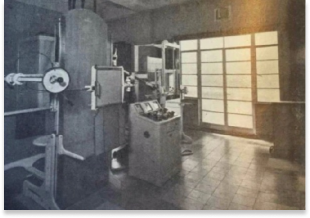
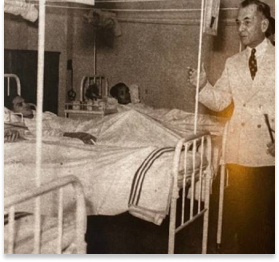
The Santol Sanatorium is renamed “The Quezon Institute” in honor of the support of President Manuel L. Quezon. The Philippine Islands Anti-Tuberculosis Society is also renamed to “The Philippine Tuberculosis Society".
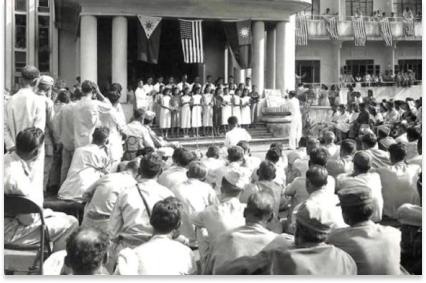
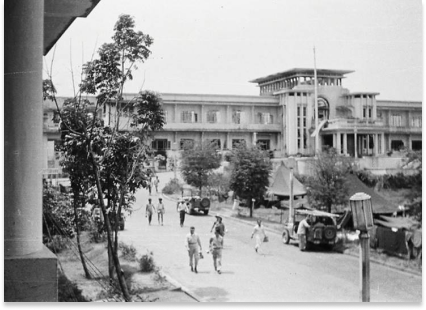
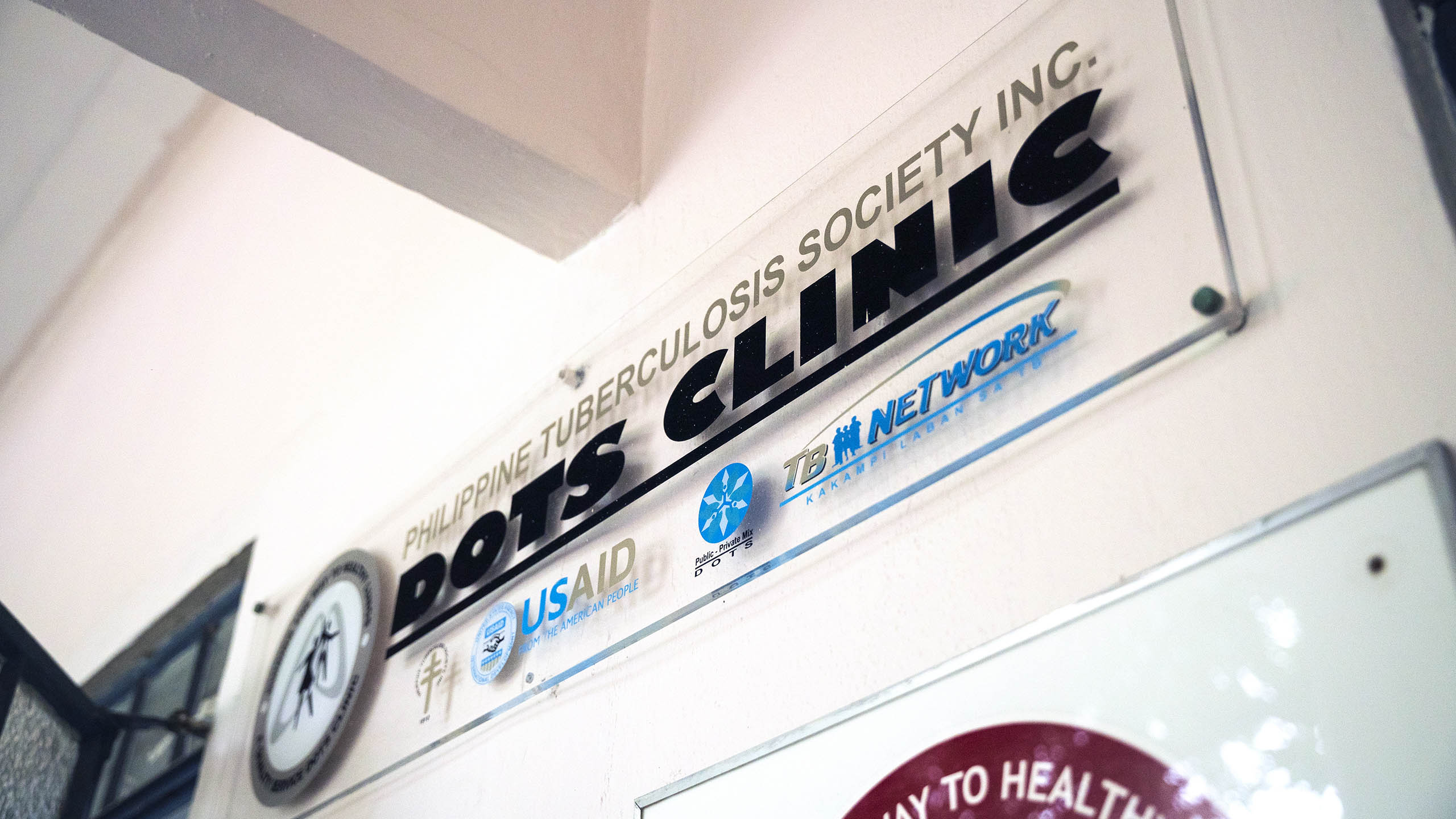
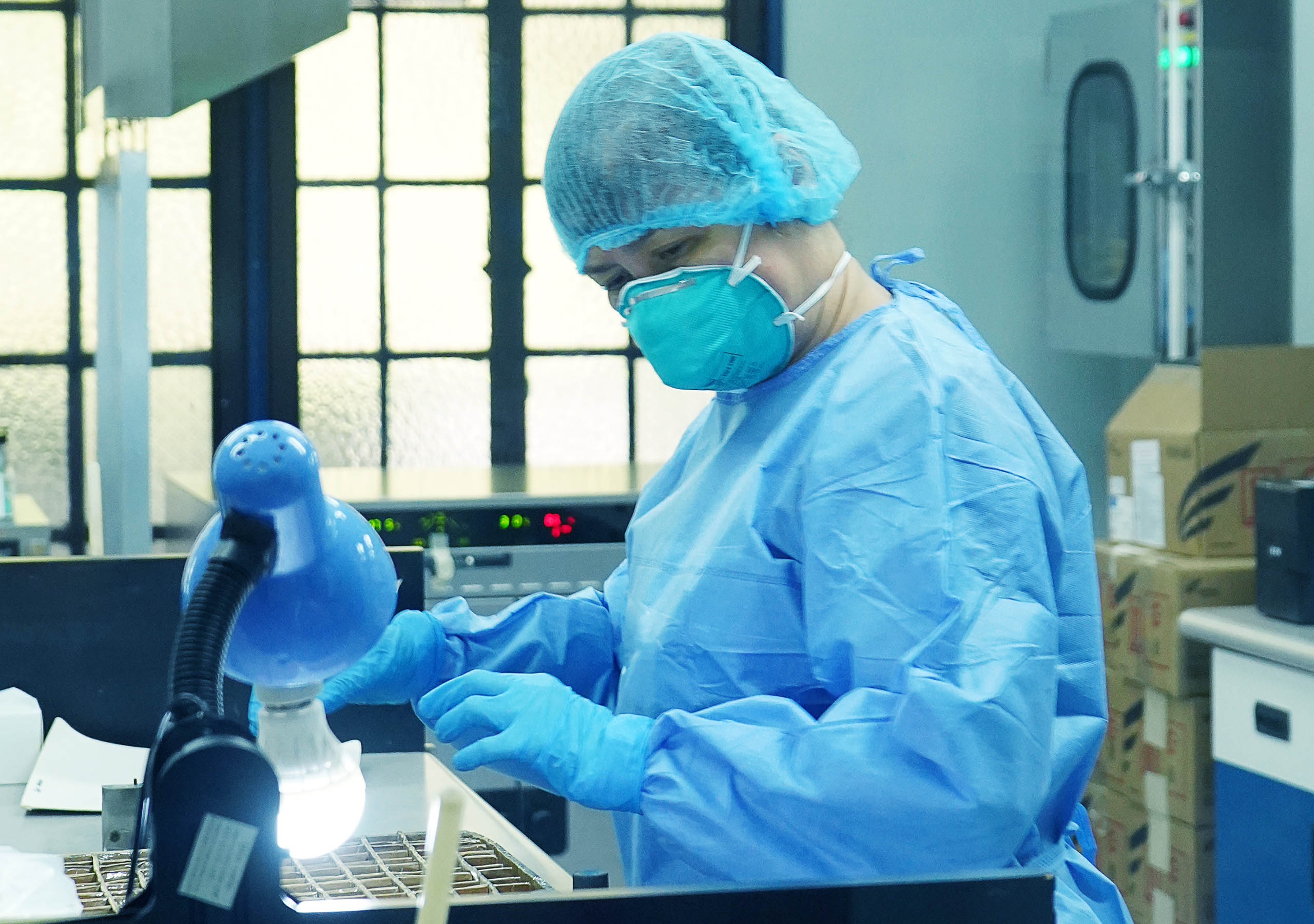
The program is signed under a Memorandum of Agreement with the DOH, Department of Justice, and Department of Interior and Local Government, in partnership with the International Committee of the Red Cross and the WHO.
PTSI joins the USAID-funded IMPACT Project as Technical Assistant in 26 provinces and cities until 2017.
PTSI organizes and hosts the 7th Union Asia Pacific Regional Conference with the PhilCAT, DOH, and WHO, among other organizations.

 PTS admits its first
PTS admits its first  PTS gains its first diagnostic X-ray unit.
PTS gains its first diagnostic X-ray unit.
 The Society becomes a major beneficiary of the Sweepstakes Law (Republic Act No. 4130).
The Society becomes a major beneficiary of the Sweepstakes Law (Republic Act No. 4130).
 Americans occupy
the Quezon Institute.
Americans occupy
the Quezon Institute. PTSI establishes the National Institute of Tuberculosis (NIT) together with the Department of Health (DOH) and the World Health Organization (WHO).
PTSI establishes the National Institute of Tuberculosis (NIT) together with the Department of Health (DOH) and the World Health Organization (WHO).
 PTSI adopts Directly Observed Therapy or DOTS treatment.
PTSI adopts Directly Observed Therapy or DOTS treatment. Medicos del Mundo of Spain sponsors the renovation of the Central Laboratory, establishing it as one of the leading TB laboratories in the country.
Medicos del Mundo of Spain sponsors the renovation of the Central Laboratory, establishing it as one of the leading TB laboratories in the country. PTSI opens its doors to COVID-19 patients.
The Quezon Institute opens a COVID-19 facility in partnership with Jose R. Reyes Memorial Medical Center, the DOH, and the Department of Public Works and Highways.
PTSI opens its doors to COVID-19 patients.
The Quezon Institute opens a COVID-19 facility in partnership with Jose R. Reyes Memorial Medical Center, the DOH, and the Department of Public Works and Highways.